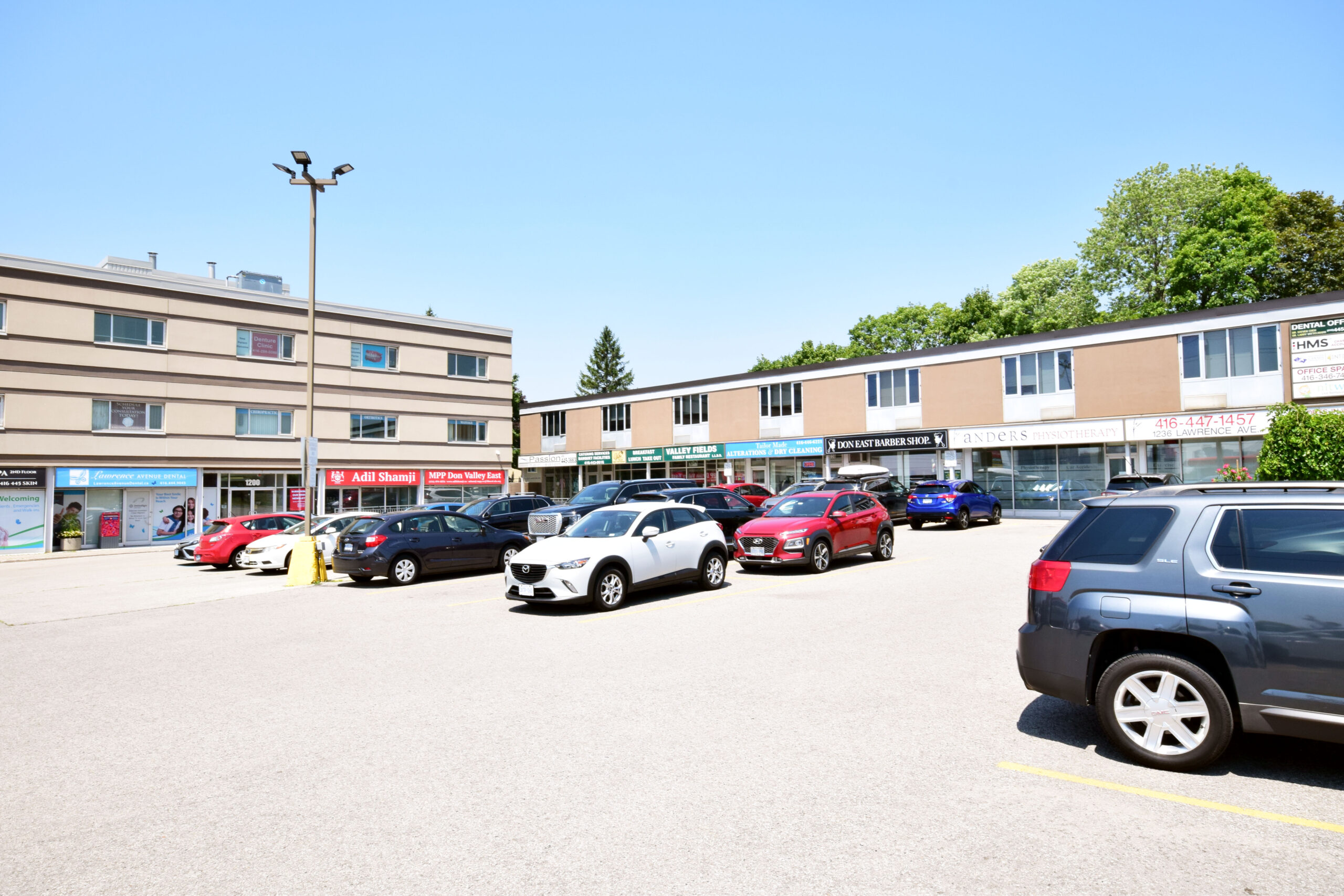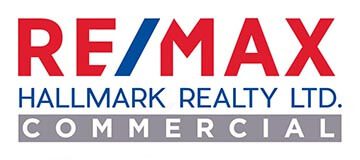Author admin
Land Valuation: How to Calculate Land Value
When people new to investing/developing first get started looking for land to purchase, they tend to depend on their solely on real estate agent to provide comparable properties to calculate land value. This by itself, however, is not the best way to figure out what to pay for land. If you rely on comparable property calculation alone to arrive at your purchasing price, you may make a potentially profitable venture fall flat. You should consider other methods and tools of valuating your land, some of which I will explore in this blog post, starting with…
The Land Residual Method
One method used by many savvy investors, developers and appraisers is the Land Residual Method. This method is used for both Commercial and Residential valuation. It can determine the current and future value of a particular piece of land. Using this method you will be able to propose a piece of land to a developer and have profit built in. Once you have used it enough you should be able to get an estimated value for almost any property in just a few moments, and to be able to answer in quick strokes the all-important question, “Does this deal make sense?”
To Figure out the Land Residual Value, first you need to figure out the highest and best use for the property and how much the property would be worth when the project is complete. Subtract the development costs to make the property and you will come to the Land Residual Value, or “Land Value”. Of course, this begs the question, how does one find out how much the land is worth?
 If you have any questions about this method of Land Valuation, feel free to contact Stephen Lillyto explain this method and the next land valuation methods discussed in this blog series.
If you have any questions about this method of Land Valuation, feel free to contact Stephen Lillyto explain this method and the next land valuation methods discussed in this blog series.
Land Valuation: Methods for coming up with the numbers
1) Figure out how much the future value of the property will be worth.
There are quite a few ways to come up with this…
a) Direct Comparison – This type of analysis is done by looking at recent sales of similar properties/projects (not the land, but the property after everything has been built), in similar neighborhoods to come up with an estimated value. This method has both good and bad aspects to it.
- Pros: Gives you a good idea of current market value based on real numbers, and can be done by most real estate agents (for simple projects).
- Cons:Can be hard to find adequate comparable property, especially for commercial or unique properties. Many agents may be able to get comparables but not help to do the analysis.
b) Income Approach – This approach is used for income-producing properties such as malls, apartment buildings, and multi-unit residential houses. With this method, you take what you are expected to make per sqft net based on market (or expected) rents- Vacancy Rate. Calculate the value based on the Return on Investment (ROI) you expect to see.
- Pros: This is a good way to proceedif you do not plan on selling but instead wish to lease the property out.
- Cons: Vacancy rates can vary depending on the market, not to mention that it can take time to bring any property up to optimal occupancy.
c) Per sqft.– This method is similar to the direct comparison approach in that you need to figure out what the market value is of a similar properties per sqft. In other words, if current similar properties are selling for approx. $200 /sqft for a Retail Plaza ,then a 20,000 sqft building would be worth approx. $4,000,000.00.
- Pros: This method is the easiest to calculate in your head while giving you a rough estimate.
- Cons: This method is a good place to start for estimating approximate value but should be confirmed using other methods. In various markets there are bands as the bigger the property generally the less per sqft a property is worth.
There are other ways to determine future value, but these are the most common for valuating for a Development property. But how do you determine the cost of development?
2) In Determining the Cost of Development
You need to consider both the “Hard Costs” and the “Soft Costs”. Hard costs are anything that is needed for the actual construction of the building (think of it as anything needed to build it up). Soft Costs are things like the brokerage fees, financing fees, running utilities to all sections of the property, demolition of anything currently on the site, and grading (or anything you need to build horizontally).
There are 2 different ways to calculate these costs:
- Approx. Per/sqft – This approach is an estimation only.
- Pros: the fastest way to estimate costs quickly
- Con: it is also the least accurate.
- Itemized list – Breaking it down on a spreadsheet, where all actual costs, Hard and Soft, are Itemized.
- Pros: This one is very accurate (barring any surprises)
- Cons: It is difficult to find someone who can do this calculation in their head or otherwise quickly.
These approaches can work well together. First, approximate to see if a deal seems to make sense, then Itemize to confirm or debunk your initial thoughts.
Ways to find what numbers to use:
- Ask your contractors/project manager
- Local Building Association
- Other local investors/ builders
- You may instead (as before) do an itemized list getting quotes for each portion. If you have taken on the role of the Project manager, this is going to be something you will definitely end up doing.
A company may give you an average for hard and soft costs to build the Plaza. Let’s say it is approx. $100/sqft, so if you are looking at building a 20,000 sqft Plaza the building cost are going to be approx $2,000,000.
Land Valuation: Doing the Math
We use the numbers put forth in “Land Valuation: Methods for coming up with the numbers”. If you are not sure how we came up with the numbers, please refer there.
First you take your estimated Value (e.g. $4,000,000), subtract the Estimated costs ($2,000,000) to arrive at the approx. Land Value, which is now evident to be $2,000,000 ($4,000,000-$2,000,000=$2,000,000). This is your breakeven point. If you pay over 2 Mil for the land, you are likely going to be in the red. If you purchase it for less, you are likely going to make some money. If you purchase the Land for $800,000, you are likely going to have $1,200,000 of profit built in.
Land Valuation: Making Money
As an investor/developer we are here to make money. This being said, we need to make sure that when placing an offer on a piece of land we take profit into consideration. For Residential ,20-30% is considered a decent rate and for Commercial (it depends on the type of commercial). But as a rule let’s say 20-30% Profit built in with this amount it causes less headaches when it comes to financing. If your cost to develop was $2,000,000 and you’re looking to make 30% on that, your margin would be approx. $600,000 ($2,000,000*30%=$600,000). This number is then subtracted from the Residual Value of $2,000,000. Which means you would not pay more than $1,400,000 for the Land ($6,000,000-$2,000,000=1,400,000).
Now I do not know about you, but I do know that if I were looking to develop a piece of land I would want to make money on the whole project and not just the costs. So we will use the 30% one more time. This time, you take 30% away from the remaining land purchase price ($1,400,000*30%= $420,000-1,400,000=$980,000).
So–how much is my max offer?
For this particular example my max price to pay for the Land would be $980,000. If I pay less, it is a bonus in my pocket.
Land Valuation: Checking your numbers
$980,000 Max Land Purchase Price
+$2,000,000 Development cost
2,980,000 Total Projected cost
4,000,000 Projected Revenue for the sale
-2,980,000 Total Projected cost
1,020,000 Profit/$2,980,000 Total Projected cost = 34.2%Profit Margin
We have not taken into account any taxes to be paid, but even so… 34% is a pretty good rate of return. Residential works the same way (just with smaller numbers). I hope this helps you get an idea of how to evaluate a piece of land for Development/ investment. If you have any questions, comments or concerns please leave me a message or send me an email and I respond as soon as I can.










